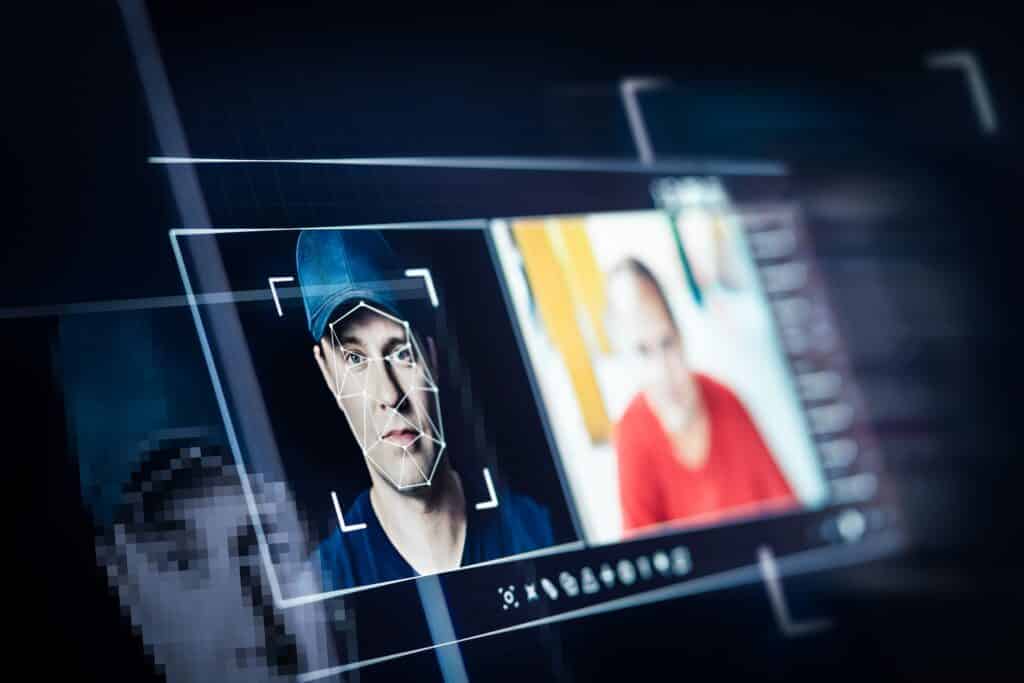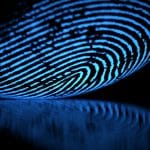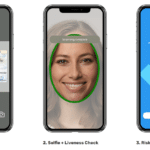How to harden biometric authentication with presentation attack detection

By Mike Engle, Co-Founder and Chief Strategy Officer of 1Kosmos
It’s no secret, and hasn’t been for some time, that identity is the preferred attack vector for cyber criminals and nation-state actors. According to Cisco Talos Incident Response Q1 2025 Report, threat actors used phishing to achieve initial access in 50 percent of engagements, a notable increase from less than 10 percent last quarter.
Compromised credentials, deepfakes, and synthetic identities are fueling a new wave of attacks designed to impersonate the person behind the login. While biometric authentication shows promise, it’s far from immune to being compromised, especially without the added protection of Presentation Attack Detection (PAD).
The deepfake threat to biometric security
The evidence is clear: today’s attackers aren’t breaching firewalls—they’re logging in. To counter this threat, many enterprises are moving beyond passwords and even traditional MFA toward biometrics—fingerprints, facial recognition, and voice. These methods are considered more secure and user-friendly. However, threat actors have evolved just as quickly, using AI to create realistic “deep fake” identities.
Presentation attacks aimed at spoofing a biometric system can be as simple as a printed photo or as sophisticated as a real-time AI deepfake video or voice injection. These attacks are particularly effective because they exploit the same user interface designed for seamless login—a camera or microphone.
These threats are no longer just theoretical. Fraud rings are already using synthetic video and audio to deceive biometric systems, particularly in industries such as financial services, insurance, and gig work platforms that heavily rely on remote identity verification.
What is PAD—and why does it matter?
Presentation Attack Detection (PAD) is a collection of technologies designed to determine whether a biometric sample is genuine or fraudulent. It acts as an invisible checkpoint between the user and the system. PAD differs from basic “liveness detection,” which typically evaluates eye movement or head turns. This method may stop a printed photo but often struggles against more advanced techniques.
PAD comes in two widely accepted levels:
- Level 1 prevents simple spoofing attempts (e.g., static images or recorded video). This includes high-quality photos, 2D and 3D paper masks, and replayed video recordings aimed at deceiving basic systems.
- Level 2 defends against sophisticated attacks such as deepfakes, 3D masks, and real-time synthetic video. This encompasses silicon masks, contoured masks, 2.5D felt printed masks, attacks utilizing 3D animation software, and even 3D-printed facial replicas—each capable of simulating realistic facial structures and behaviors.
Level 1 testing is typically limited to around 8 hours per species or subject, focusing on low-effort attacks using commonly available materials. In contrast, Level 2 testing can demand 2–4 days per species or subject, reflecting the simulated attacks’ greater complexity and sophistication. That’s between 6x and 12x the effort in terms of time and resource investment.
The distinction between levels is crucial. Without Level 2 detection, even advanced biometric systems can be deceived by AI-generated content that imitates genuine human behavior. When a system cannot tell the difference between a real face and a fake one, the authentication process becomes a liability.
The role of PAD in compliance and risk management
Beyond security, there is a regulatory imperative for implementing robust PAD. Frameworks such as NIST 800-63-3 emphasize the significance of spoof detection for high-assurance authentication. Meanwhile, GDPR, CCPA, and other privacy laws mandate the secure handling of biometric data, increasing the stakes for compliance.
Poor PAD implementation doesn’t just risk a breach; it could also trigger compliance violations, reputational damage, and erosion of customer trust. As organizations adopt zero trust, remote onboarding, and passwordless access, the need to verify the authenticity of the user—not just their device—becomes crucial to cyber resilience.
Biometric best practices
Defending against biometric authentication spoofing goes beyond just liveness detection—it demands a multi-layered, continuously tested strategy built on certified controls, cryptographic safeguards, and privacy-first design. Here are several recommendations to consider:
- Insist On Certified PAD: Not all liveness detection is created equal. Choose solutions certified to PAD Level 1 or 2 by independent labs to ensure your system has been tested against real-world spoofing techniques.
- Continuously Test With Adversarial Techniques: Incorporate synthetic media and deepfake testing into your red-teaming or threat modeling efforts. Know how your systems respond under pressure—not just in lab conditions.
- Layer Risk Signals Around Biometric Inputs: Combine PAD with contextual authentication, behavioral analytics and device intelligence. A layered approach reduces false positives while enhancing security.
- Protect Biometric Templates With Cryptography: Use encrypted, non-reversible templates rather than raw images. Store them separately from user identity data to minimize breach impact.
- Design For Privacy with User Control: Use decentralized, encrypted architectures that give users full control over their personally identifiable information (PII)—allowing them to approve or reject data sharing without exposing sensitive information to third parties.
Biometrics offer a path to stronger, more user-friendly authentication. But as deepfakes and synthetic identities become more commonly used to commit fraud and carry out data breaches, relying on weak or untested biometric systems can introduce unintended risk. PAD provides a practical way to assess the reliability and robustness of biometric systems, making sure they have been tested under real world attack scenarios by an independent third party.
About the author
Mike Engle, Co-Founder and Chief Strategy Officer of 1Kosmos, is a proven information technology executive, company builder, and entrepreneur. He is an expert in information security, business development, authentication, biometric authentication, and product design/development. His career includes the head of information security at Lehman Brothers and co-founder of Bastille Networks.
Article Topics
1Kosmos | biometric liveness detection | biometrics | deepfake detection | passive facial liveness | presentation attack detection








Comments